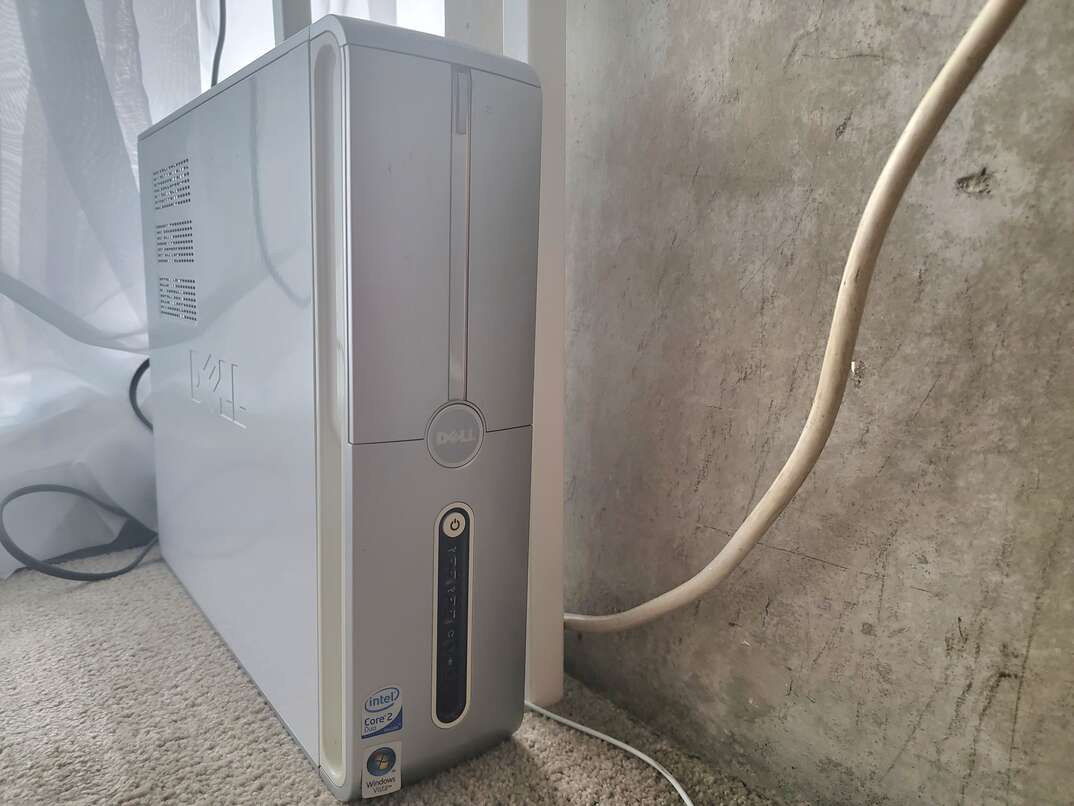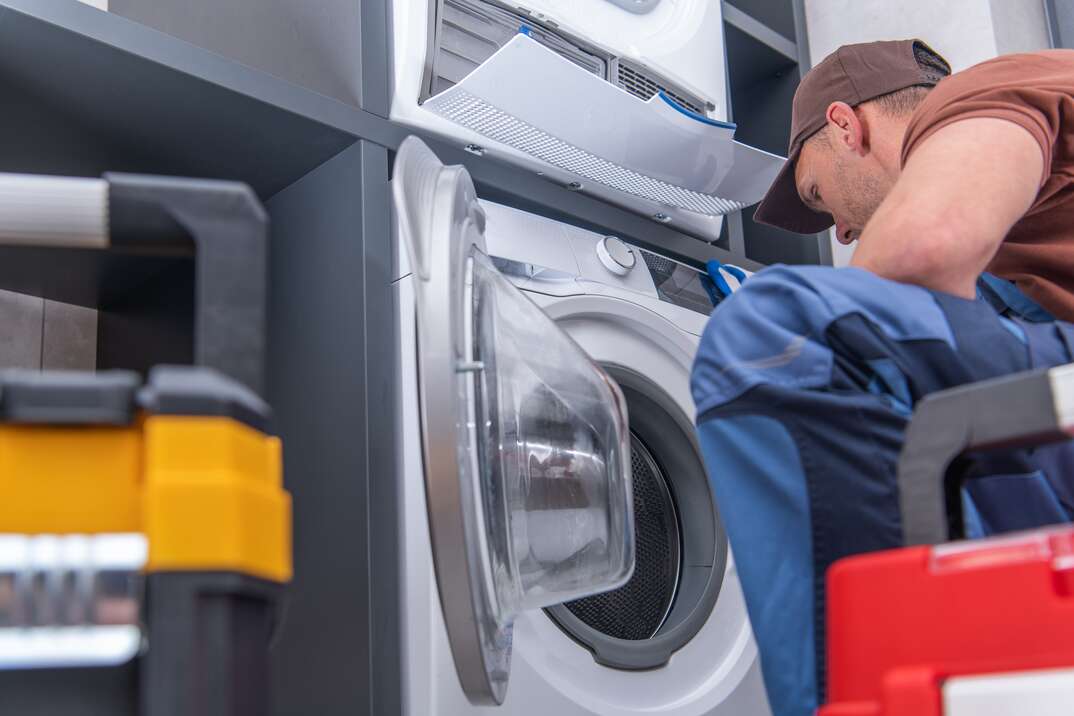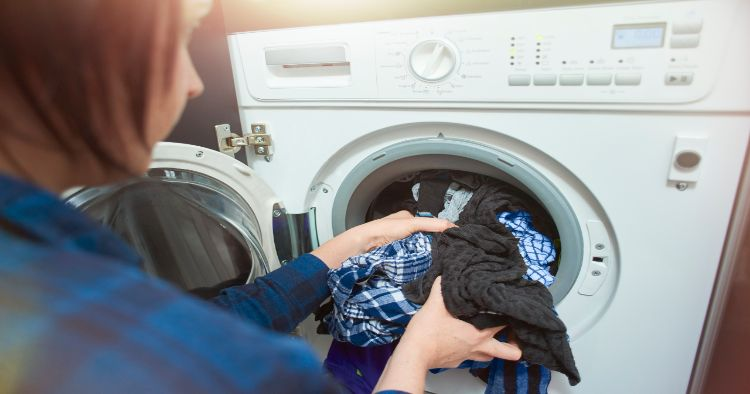The Squeaky Washer Gets the Grease: How to Grease a Washing Machine

Your washing machine takes on a lot of the burden of housekeeping, tirelessly cleaning and refreshing your clothes. To ensure its smooth operation and longevity, regular maintenance is essential.
This May Also Interest You: How Much Does It Cost to Repair a Washing Machine Water Pump?
One often overlooked but crucial aspect of washing machine maintenance is greasing. Greasing your washing machine is a simple yet effective way to prolong its life and ensure optimal performance. Regular maintenance, including greasing, can save you money on costly repairs and replacements in the long run and keep your washing machine running smoothly for years to come.
Why Grease Your Washing Machine?
Over time, the moving parts of your washing machine, such as bearings and seals, can wear down due to friction and continuous use. Greasing these components helps reduce friction, preventing premature wear and tear. Regular greasing not only extends the lifespan of your washing machine but also ensures its optimal performance.
Here are some key reasons why you should consider greasing your washing machine:
Friction Reduction
Grease acts as a lubricant, reducing friction between moving parts. This, in turn, lowers the chances of components wearing out quickly.
Noise Reduction
A well-lubricated washing machine operates more quietly. If you've noticed an increase in noise during the wash cycle, greasing might be the solution.
Prevention of Rust and Corrosion
Grease provides a protective layer on metal parts that helps prevent rust and corrosion. This is particularly important in areas with high humidity.
Improved Efficiency
Greasing ensures that the components of your washing machine move smoothly, contributing to better overall efficiency and performance.
What to Use to Grease Your Washing Machine
Choosing the right grease for your washing machine is crucial to its effectiveness. Look for a high-quality, multi-purpose grease that is resistant to water and heat. Lithium-based greases are commonly used for appliances like washing machines due to their versatility and durability. Make sure the grease you select is compatible with the materials in your washing machine and is safe for incidental contact with water. If in doubt, consult your appliance's owner's manual or get in touch with the manufacturer to be sure you're using the right grease.
Step-by-Step Guide to Greasing Your Washing Machine
Things You’ll Need
- Bucket (optional)
- Screwdriver
- Wrench
- Towels or rags
- High-quality multi-purpose grease
- Rubber gloves (optional)
- Replacement seals and bearings (if necessary)
Step 1: Unplug the Washing Machine
Before performing any maintenance, ensure your safety by unplugging the washing machine from the electrical outlet. You may also choose to turn off the circuit breaker that provides power to the outlet where the machine is plugged in. You may also want to disconnect the water and drain lines and have a bucket nearby into which they can drain.
Step 2: Locate and Access the Bearings
Depending on the model of your washing machine, you may need to remove the back or front panel to access the bearings. Use a screwdriver to remove any screws holding the panel in place.
Step 3: Remove the Belt
If your washing machine has a belt connecting the motor to the drum, loosen it or remove it completely. This step allows you to access the bearings more easily.
Step 4: Inspect and Clean
Before applying new grease, inspect the bearings and seals for any signs of damage. Wipe away any dirt or debris using a towel or rag.
Step 5: Apply Grease
Using a grease gun, a spray grease, or your hands (wearing gloves), apply a generous amount of high-quality, multi-purpose grease to the bearings. Ensure that the grease reaches all the moving parts, covering them thoroughly.
Step 6: Check and Replace Seals and Bearings
If you notice any damaged seals or bearings during the inspection, now is the time to replace them. Follow your washing machine's manual for guidance on the specific parts that need replacement.
Step 7: Reassemble the Washing Machine
Once you've applied the grease and replaced any necessary parts, reassemble the washing machine by reversing the steps you took to disassemble it. Tighten all screws and bolts securely.
Step 8: Test the Machine
Plug your washing machine back in and run a short cycle to ensure that everything is functioning smoothly. Listen for any unusual noises and monitor the machine for leaks.
Step 9: Clean Up
Dispose of any old or contaminated grease properly. Clean up any spills or excess grease inside the washing machine.
Step 10: Schedule Regular Maintenance
To keep your washing machine in top condition, schedule regular maintenance checks, including greasing, at least once a year or as recommended by the manufacturer.


